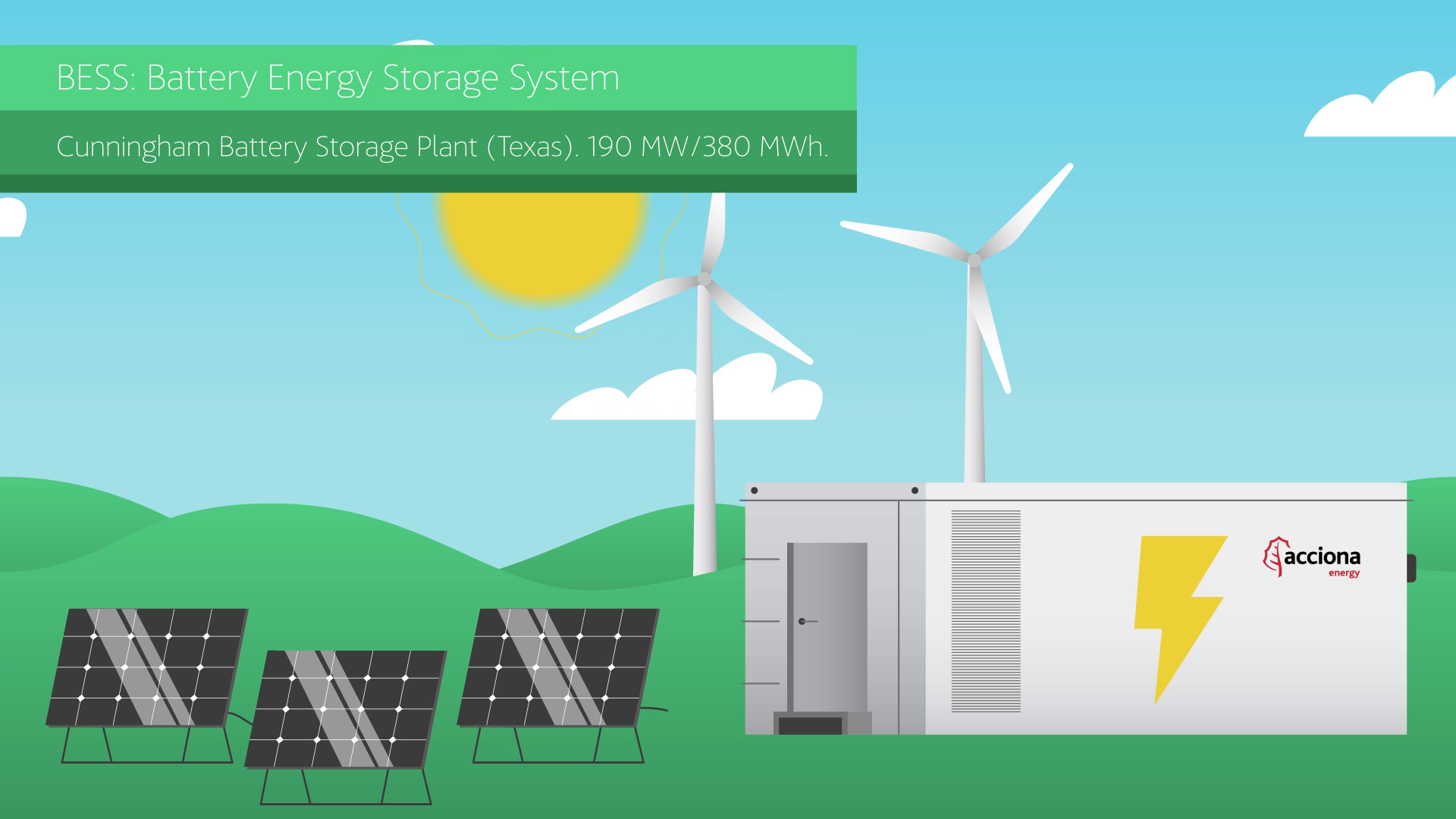Extending the Journey: Electric Car Batteries Beyond the Road
The rise of electric vehicles (EVs) is transforming transportation and opening new possibilities for reusing their batteries beyond their initial purpose in vehicles.
This autonomous, electrically powered device marks a breakthrough in making geothermal energy accessible to households.
The rise of electric vehicles (EVs) is transforming transportation and opening new possibilities for reusing their batteries beyond their initial purpose in vehicles.
Renewable energies are expanding their potential with nearshore locations, offering a range of unique advantages.
Green hydrogen, generated from renewable energy sources, has the potential to transform agriculture into a more sustainable and emissions-free sector.
After proving their worth over several decades, a new generation of wind turbines is now replacing existing installations with more powerful and efficient units.
This technology enables the transportation of increasingly larger blades to remote areas without the need for extensive route modifications.
The use of liquid batteries with redox technology could enable water desalination and renewable energy storage with a single technology.
The combination of solar energy and organic waste could make it possible to produce green hydrogen at a very low cost, according to a study by the University of Illinois at Chicago.
Read the most discussed articles
Solar thermal energy, also called solar thermal power or thermoelectric energy, is a renewable energy that uses the heat of the sun to produce clean electricity on a large scale. Like photovoltaic energy, which uses light energy from the sun captured by solar cells, solar thermal technology uses the sun's heat to warm a fluid, produce steam, and generate electricity in a conventional thermal process. There are also several technologies used to produce thermal energy: parabolic trough and central tower, primarily.
Solar thermal energy, also called solar thermal power or thermoelectric energy, is a renewable energy that uses the heat of the sun to produce clean electricity on a large scale. Like photovoltaic energy, which uses light energy from the sun captured by solar cells, solar thermal technology uses the sun's heat to warm a fluid, produce steam, and generate electricity in a conventional thermal process. There are also several technologies used to produce thermal energy: parabolic trough and central tower, primarily.









